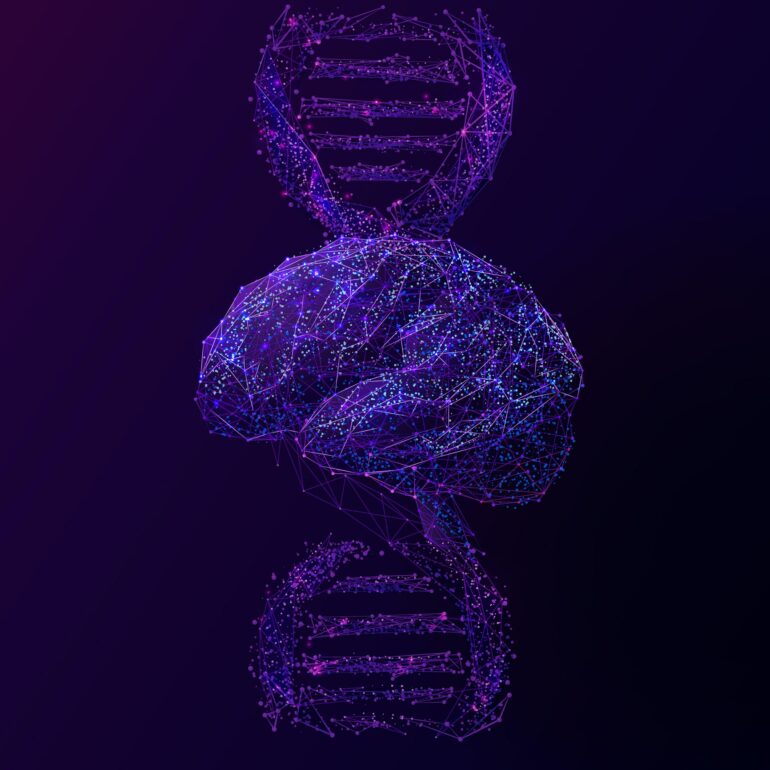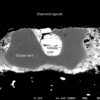Around 55 million people worldwide suffer from dementia such as Alzheimer’s disease. Recently, the actor Bruce Willis was diagnosed with frontotemporal dementia, or FTD, a rare type of dementia that typically affects people ages 45 to 64. In contrast to Alzheimer’s, in which the major initial symptom is memory loss, FTD typically involves changes in behavior.
The initial symptoms of FTD may include changes in personality, behavior and language production. For instance, some FTD patients exhibit inappropriate social behavior, impulsivity and loss of empathy. Others struggle to find words and to express themselves. This insidious disease can be especially hard for families and loved ones to deal with. There is no cure for FTD, and there are no effective treatments.
Up to 40% of FTD cases have some family history, which means a genetic cause may run in the family. Since researchers identified the first genetic mutations that cause FTD in 1998, more than a dozen genes have been linked to the disease. These discoveries provide an entry point to determine the mechanisms that underlie the dysfunction of neurons and neural circuits in the brain and to use that knowledge to explore potential approaches to treatment.
I am a researcher who studies the development of FTD and related disorders, including the motor neuron disease amyotrophic lateral sclerosis, or ALS. ALS, also known as Lou Gehrig’s disease, results in progressive muscle weakness and death. Uncovering the similarities in pathology and genetics between FTD and ALS could lead to new ways to treat both diseases.
Bruce Willis’ family announced his diagnosis of frontotemporal dementia on Feb. 16, 2023.
Genetic causes of FTD
Genes contain the instructions cells use to make the proteins that carry out functions essential to life. Mutated genes can result in mutated proteins that lose their normal function or become toxic.
How mutated proteins contribute to FTD has been under intense investigation for decades. For instance, one of the key proteins in FTD, called tau, helps stabilize certain structures in neurons and can form clumps in diseased brains. Another key protein, progranulin, regulates cell growth and a part of the cell called the lysosome that breaks down cellular waste products.
Remarkably, the most common genetic mutation in FTD – in a gene called C9orf72 – also causes ALS. In fact, apart from the mutations in genes that encode for tau and progranulin, most genetic mutations that cause FTD also cause ALS. Another protein, TDP-43, forms clumps in the brains of over 95% of ALS cases and almost half of FTD cases. Thus, these disorders share close links in genetics and pathology.
Frontotemporal dementia typically affects people under 60.
Modifier genes
The same genetic mutation can cause FTD in one patient, ALS in another or…



